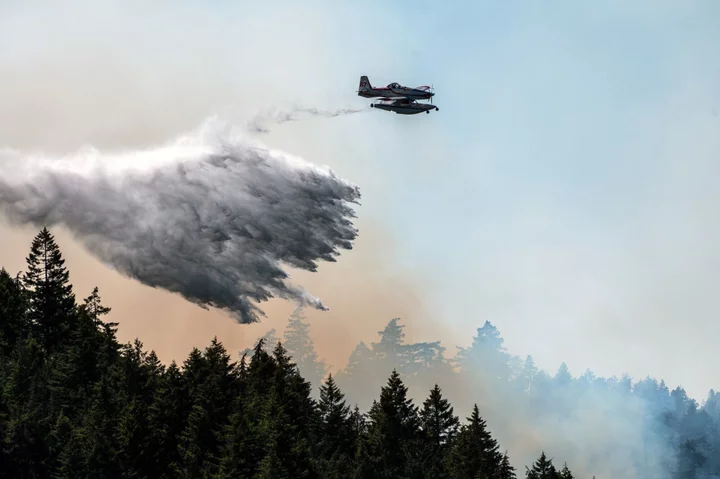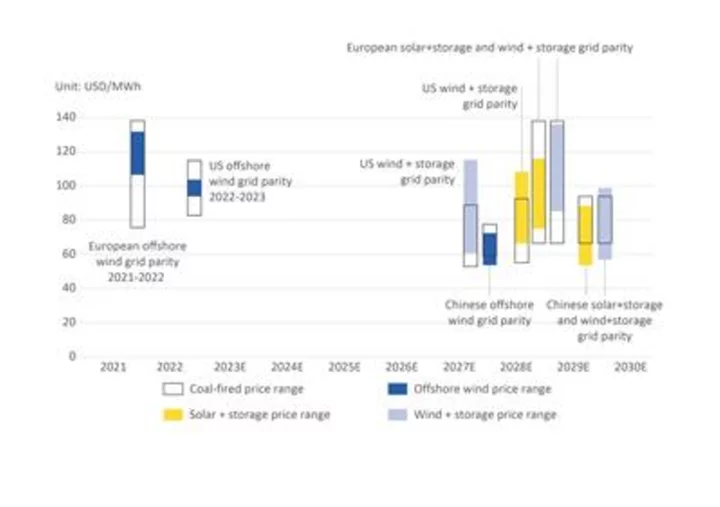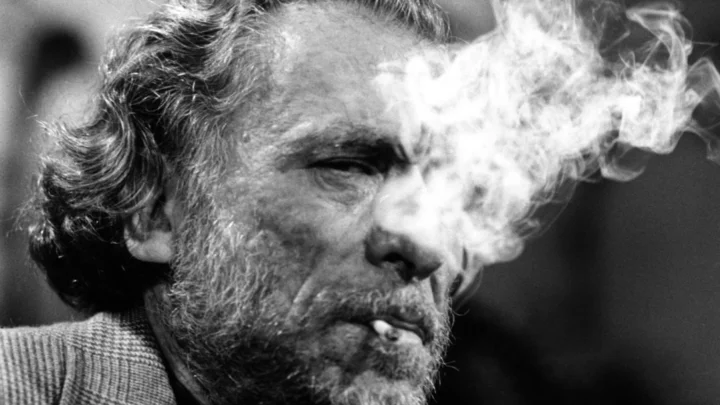Canada is bracing for higher-than-normal wildfire activity to continue into August, as soaring temperatures and drought turn much of the country’s vast forests into kindling.
The Canada fire season, which normally runs from April to September, is barely half over but the country has already surpassed the modern historical record for area burned, with an estimated 8.8 million hectares scorched so far, an area larger than South Carolina. That’s well above the 10-year average of about 805,000 hectares. The previous record of 7.6 million hectares was set in 1989.
Read More: California Wildfires Are Five Times Bigger Than They Used to Be
“Through July, expected warm and dry conditions will increase wildfire risk from British Columbia and the Yukon across the country right to Western Labrador,” Michael Norton, director general of the Northern Forestry Centre at the Canadian Forest Service, said in a briefing. The area at risk is expected to shrink only slightly in August. “It is anticipated that many parts of Canada will continue to see above normal fire activity,” said Norton.
There are currently 639 active fires in Canada, of which more than half are out of control, according to the Canadian Interagency Forest Fire Centre. Weather patterns across North America have carried the smoke into some of the largest US cities, including New York, triggering weeks of air quality alerts, jeopardizing residents’ health and leading to flight cancellations and delays at some of the continent’s largest airports.
Marie-Ève Héroux, an air quality assessment manager with Health Canada, said in the briefing that seniors, pregnant people, young children and those who spend a lot of time outdoors or have existing health conditions are particularly at risk from exposure to wildfire smoke. “But in general, everyone’s health is potentially at risk, especially when concentrations of pollutants are high and the exposure lasts for a considerable amount of time.”
Climate change has helped create the perfect conditions for fires to start and spread. The world is experiencing record temperatures, with heat waves scorching China, India, the US, Mexico and the UK in recent weeks. The onset of El Niño conditions is likely to exacerbate the trend, although it’s not expected to affect Canada until late 2023 or early 2024.
However, abnormally hot weather on the west coast right now, extending into the Northwest Territories, may increase the risk of fires in Canada’s Arctic. Some fires are already burning inside the Arctic Circle.
“The heat warnings are out in parts of BC and the Northwest Territories, and we do see that continuing for the foreseeable future with very extreme or anomalous heat in both Yukon and NWT and even a lot of the western parts of Nunavut,” said Armel Castellan, a warning preparedness meteorologist with Environment and Climate Change Canada.
Read More: How Arctic Ice Melt Raises the Risk of Far-Away Wildfires
As the temperature difference between the Arctic and lower latitudes shrinks, the jet stream slows and meanders more. That creates high pressure zones — blocking highs — that sit in one place, forcing weather systems to go around them, said Thomas Smith, associate professor in environmental geography at the London School of Economics.
One such system appears to be building over Canada’s northern territories, where it could linger for about three weeks, he said in an interview Thursday.
“That is very similar to the conditions that we saw in 2020 in Eastern Siberia when there was a very large number of Arctic fires,” Smith said. The Siberian heat wave was determined by scientists to be much more likely because of anthropogenic greenhouse gases.
It’s possible the high-pressure zone will coalesce elsewhere, over the ocean or Hudson Bay, “in which case all those weather systems that bring the rain will make sure there aren’t too many fires” in the Arctic, Smith noted. “But at the moment it looks pretty solidly placed over where we’re starting to see these (Arctic) fires emerging.”
--With assistance from Brian K Sullivan.









